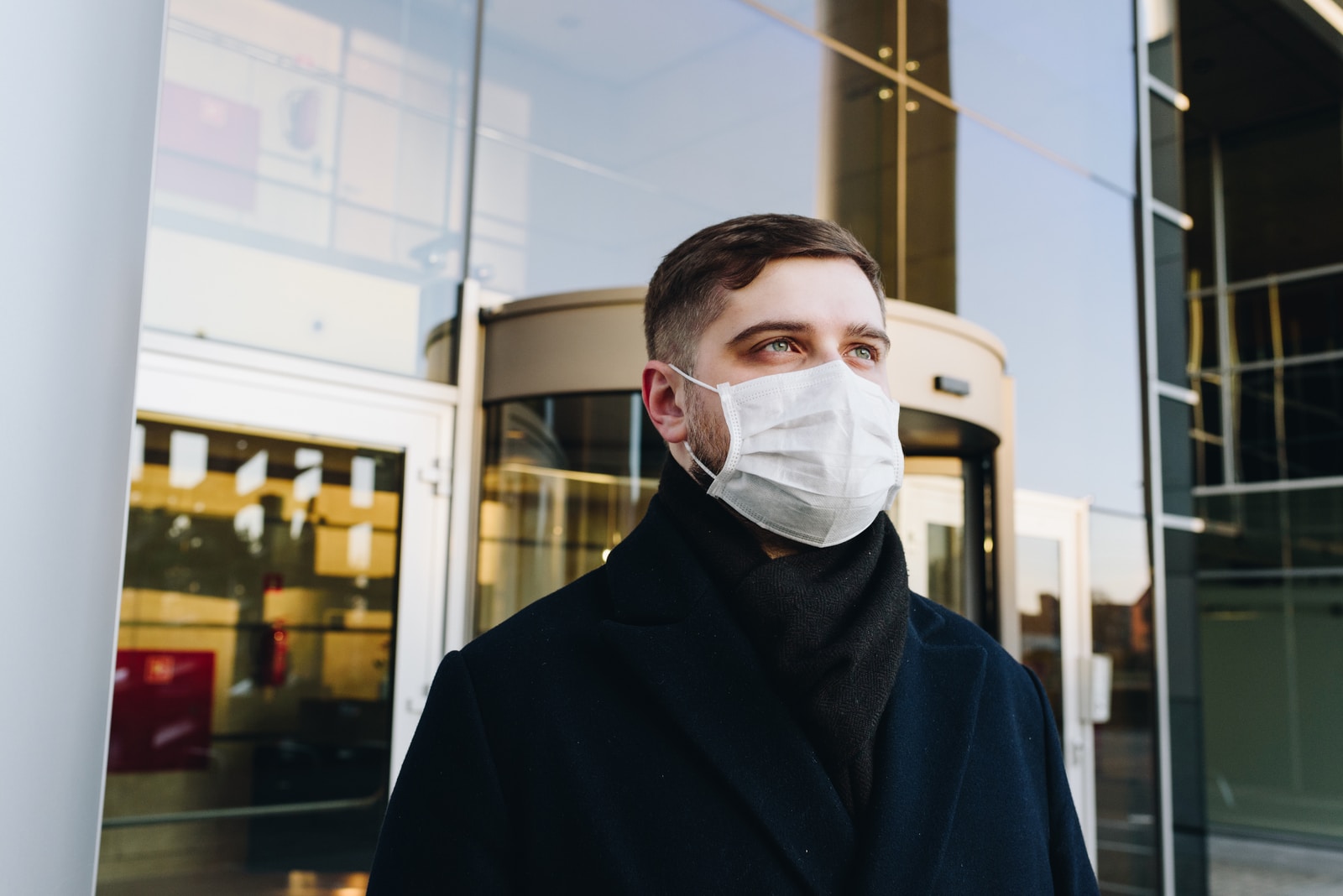Simon-Nita
Ko Ngariki Kaiputahi te hapu.
How will you survive the Omicron outbreak that is set to threaten the lives of many people in New Zealand? According to the New Zealand Government, you must wear a face mask or surgical shield as it will “save lives”.
However, according to the instructions for use of a N95 rated particulate respirator manufactured by a respiratory protection industry leader, it most definitely will not be because you used any type of N95 particulate respirator.
Why? Because it clearly states in the intended use section of the document that:
“The particulate respirators do NOT eliminate the risk of inhaling airborne particles”.
For clarification, the serious acute respiratory syndrome coronavirus 2 (SARS-CoV-2) virus particles are emitted by an infectious human-being and transmitted into the environment as airborne particles. Furthermore, in the limitations on use section of the same document, the following point is made:
“Never use the particulate respirators as protection against chemical, biological, radioactive, or nuclear (CBRN) warfare hazards”.
SARS-CoV-2 is a biological hazard.
The document details mandatory pre-use precautions that users of the product should be cognizant of prior to use of the product. Many men and women in our nation have happily followed mandates, even if they make no sense, without first educating themselves about the harm that the mandated or recommended product may cause through incorrect use.
Failing to read the important instructions could jeopardise a person’s health and leave them without any remedy because they failed to educate themselves on the limitations and proper use of the product before using it.
Some of the points in the mandatory pre-use precautions are:
Before Using a Respirator, You Must:
- fully understand the environment in which you intend to use it. For example, you must take measurements with appropriate measuring devices to determine type and concentration of the airborne particles, gases, or vapors you will encounter. You must then choose a respirator that is appropriate for that environment taking the respective permissable exposure limits into account.
- take measurements to ensure that the ambient atmosphere contains at least 19.5 vol. % oxygen.
- make sure to use only respirators that have been stored in their original boxes. The expiry date must not have been reached (see label on packaging).
- check the respirator for scratches, tears or other signs of damage, and discard the respirator if any damage is found.
- make sure a fit test according to AS/NZS Standard 1715:2009 (the standard) has taken place.
- be thoroughly trained.
- Before occupational use of this respirator, a written respiratory protection program must be implemented meeting all the local government requirements. In New Zealand, employers must comply with the Standard which includes medical evaluation, training, and fit testing.
How do you decide what, if any, respiratory protective device you should use to protect you from respiratory illness? Aside from making it up as you go and providing nonsense advice from experts that are not qualified in the field of respiratory protection, the correct answers to that question can be found in the Standard.
Appendix B of the Standard covers facial seals of respirators, and the following directions are made:
- people with beards are required to shave them off and those with facial hair must shave daily.
- people with moustaches must shave them off because unacceptable accumulation of carbon dioxide in the inhaled air will occur.
- Facial make-up and creams must not be used because they may interfere with the facial seal.
Appendix D of the Standard relates to checkpoints for a respiratory protection program – administration and operation, this section covers:
- Employer responsibilities
- Documented policies and procedures
- Appointment of an administrator
- Respiratory protective equipment selection process
- Respiratory protective equipment training
- Issue of equipment
- Respiratory protective equipment testing
- Storage
- Inspection, maintenance and repair
- Record keeping
- Audit program
Particulate respirators must not be worn by children unless they are medically assessed and the flow rate of their expelled air is measured and exceeds the minimum rate required because the risk of hypercapnia in children is high and the impact on their health may be significant.
Furthermore, the respirators are not designed or manufactured for use by children and will be an ineffective control because they will never provide adequate respiratory protection from a biological hazard.
As you can see Respiratory protective equipment was not developed for children and must not be used by them unless you are prepared to take personal liability for any adverse outcome.
The only type of respiratory device that will protect you from a biological hazard will have a full face mask and be supplied with a positive air supply by either a cylinder, air-purifying device or air line. Anything else is ineffective and potentially hazardous to your health without adherence to the procedures defined in the Standard being followed.
There is no reason for me to discuss the use of surgical shields because as the name of the product suggests unless you are performing surgery, why would you wear one?
If you proceed with following the mandate or recommendations made by the New Zealand Government rather than following the requirements of the Standard your non-compliance could result in an injury for which you will be personally and professionally liable.

